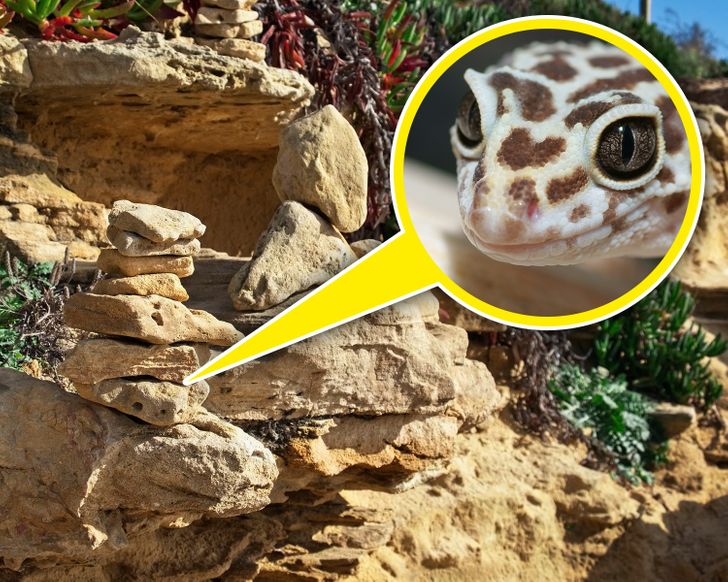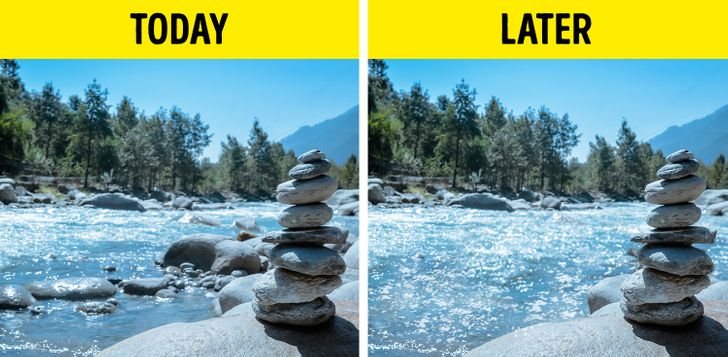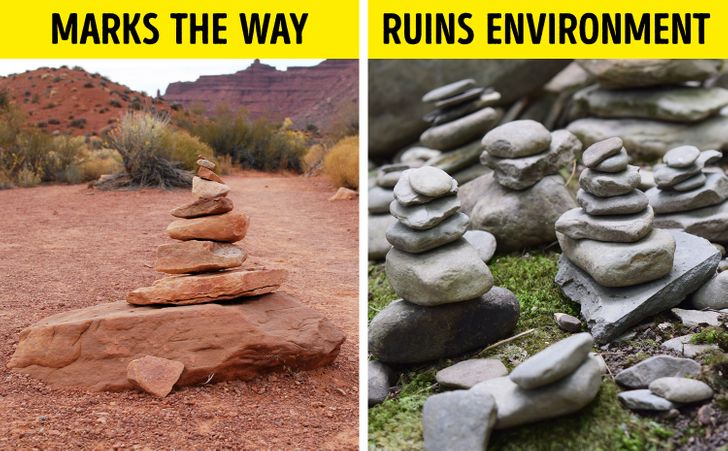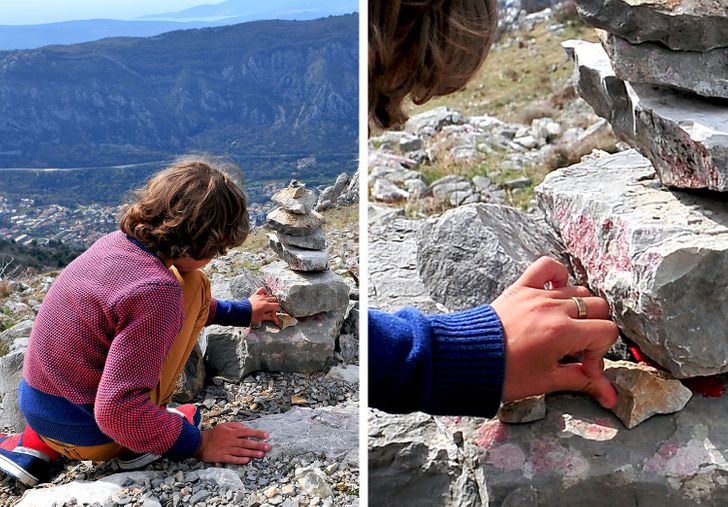Stone stacking has been common since ancient times – people used it as funerary monuments and to mark their surroundings so as not to get lost. But now, this activity has become a hobby, a form of self-expression, and a meditative practice.
And while landmark building is a great form of relaxation, and some of them even look like a work of art, wildlife experts are becoming concerned about this trend. They suggest that this seemingly harmless process damages nature, even if we don’t realize it.
We were surprised to find that a favorite tourist activity can be truly devastating to the environment, and we’re in a rush to share our findings with you.
It Harms Animals And Plants
Stones are part of the habitat of many tiny creatures, from geckos and crabs to insects. But when people move stones, it can be as if they are tearing the roofs off these animals’ houses and causing extreme encroachments on their lives.
Some creatures need stones to conserve water, protect themselves from predators and bad weather, and even help them with reproduction.
It Interferes With The Natural Processes In Wildlife
Cairns can pose a significant threat to ecosystems. For example, in freshwater streams, each rock is full of plants and microorganisms that live in it, and interfering with their habitat can disrupt the natural and fragile balance of this ecosystem.
Moving a significant amount of rocks can cause faster erosion and even disrupt the flow of rivers and streams.
It Confuses Hikers
Many national parks use rock piles to guide hikers down potentially confusing trails. But now, there is some confusion, because there are stones that are part of an official navigation aid system, and then there are creations that were built by travelers.
So hikers can have a hard time deciding which path to take, especially if they forgot to check the park rules before starting their trip.
It Breaks The Main Rule Of Outdoor Ethics, “Leave No Trace.”
When we go outside, we probably want to enjoy the uninterrupted beauty of nature. But large piles of stones are very different from the appearance of nature in its natural state.
Although hikers may want to take a break from the human world, these landmarks look like a kind of graffiti that was placed there only to leave an impression of someone else’s presence in this territory.
If we want to preserve nature, we probably don’t need to make a personal statement with stones.
Do you know of any other human activity that can harm our planet without us realizing it?
Preview photo credit depositphotos.com






